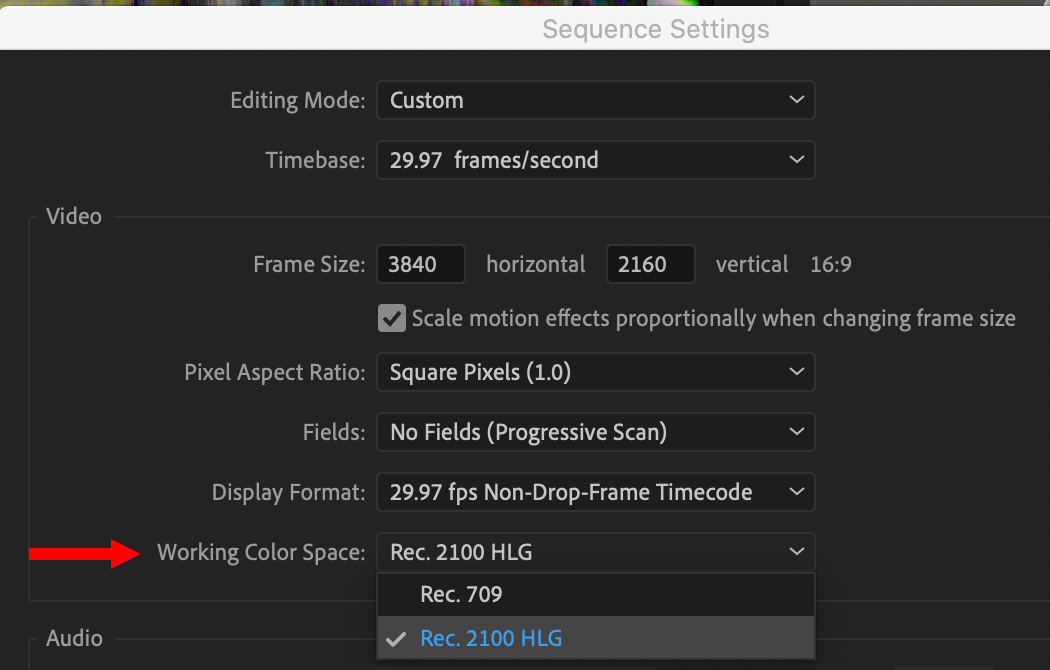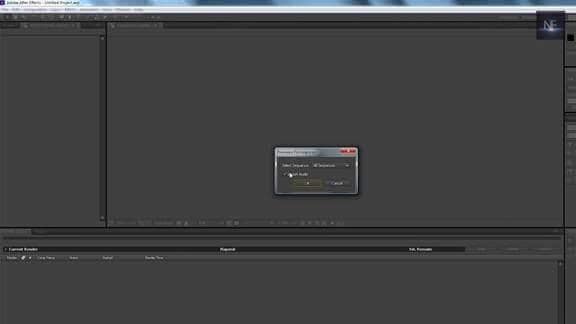

- #Sony fs7 white balance preset adobe premiere sequence how to#
- #Sony fs7 white balance preset adobe premiere sequence software#
- #Sony fs7 white balance preset adobe premiere sequence professional#
A power window allows you to isolate a specific area of your image and adjust anything that you’d like within it’s boundaries.

In terms of specific ways to fix these issues, there are many different techniques that you can use, but probably the most effective way is by using power windows. The same goes for attempting to lift shadows to compensate for an area that is too dark, and then ending up with an image that is washed out. You would end up with a window that is properly exposed, but an overall image that is underexposed. In the case of the blown out window – imagine you attempted to compensate for this in step 1. Whatever the case may be, it’s best that you adjust these issues at this stage in the process – not before or after. For instance, maybe there is a window that is blowing out in the background, or someone’s dark t-shirt is clipping to black. That said, in many cases even if your starting image is relatively well balanced, there are bound to be some small exposure issues that you may need to solve as part of step two. If you did your job well in step 1, your image should be generally well exposed. Scopes can be immensely helpful in showing you a visual representation of where your image sits – in terms of saturation, color balance, contrast, and more.
#Sony fs7 white balance preset adobe premiere sequence how to#
If you don’t already know how to read scopes, I would suggest that you take some time to acclimatize yourself to them.

When matching shots, I usually recommend picking a wide or medium wide shot as your baseline ‘hero shot’ and then matching the other shots in that environment to it. It will take you a few more minutes up front, but you’ll save loads of time later… Especially if you decide to change the look, as then you can easily blanket apply your changes to everything without having to make individual changes to every shot. And 2) Make sure to color correct every shot in the scene or sequence you’re working on to match each other before moving on. There are two key things to remember here: 1) Do not give your image any unique style or look at this point, just give it a nice neutral baseline. The idea is that you want to work from a blank canvas once you actually start doing the creative work, and if you’re working with an image that is completely unbalanced, you are going to have a much harder time achieving the grade that you’re after… Not to mention, you’ll have an even harder time matching shots to each other in the sequence, as you won’t be able to simply apply a look that you have created for one shot to other shots in the scene.
#Sony fs7 white balance preset adobe premiere sequence software#
It’s all about the order in which you perform these adjustments, not necessarily which software you are using to make them.īefore you start coloring your footage, you need to balance your shots to fix any glaring issues with regards to white balance, exposure, contrast or any other technical parameter. I by no means created this approach, just like I didn’t create the notion of a three act structure – but I still find both immensely helpful in guiding my work in the right direction within each respective area of the craft.įor the purpose of this article, I am going to include a few frame grabs from DaVinci Resolve, as it’s the color software I prefer to work in (and arguably the best color grading software in existence today), but these general principles can be applied no matter what software you are using.
#Sony fs7 white balance preset adobe premiere sequence professional#
When I color grade any project, regardless of the style, look, genre, or format – I always adhere to the general strategy outlined below, and in fact just about every professional colorist working today follows a similar flow. Color correction is no different, yet many filmmakers or amateur colorists who don’t yet have their bearings go about things in the wrong way, and in the end their work suffers. Just like when editing a movie, an assembly cut needs to be created before fine tuning a picture lock. When writing a feature length script, you need an outline before a first draft of the screenplay. Like any other part of the filmmaking process, color correction is best approached by following a general set of guidelines that allow you move through the process as effortlessly and efficiently as possible. That said, if you are set on color grading your own projects, or are simply a colorist starting out, one of the most important things you need to tackle is the order of operations with which you approach your color process. In many cases, I would advise against coloring your own work unless like myself, you also work as a dedicated colorist. With color grading software like DaVinci Resolve and Adobe Speedgrade being readily available to just about anyone with access to the internet, it’s no surprise that more and more filmmakers are attempting to color their own footage.


 0 kommentar(er)
0 kommentar(er)
